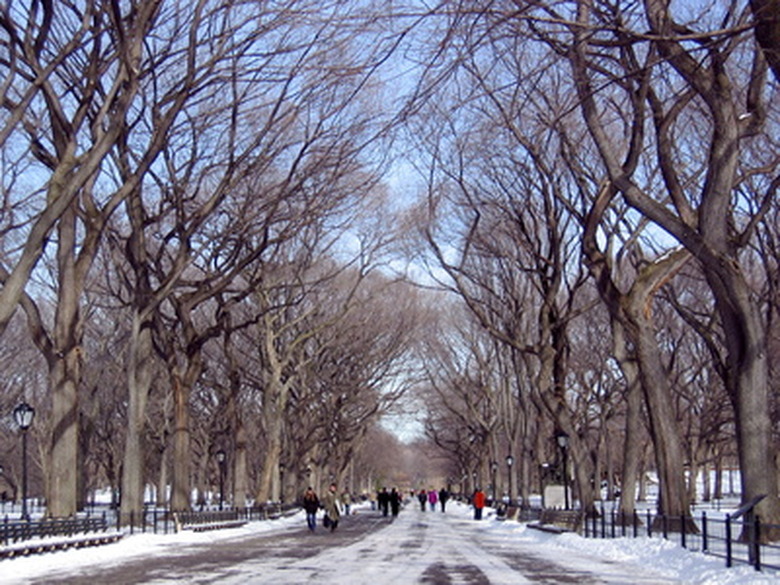Is Elm Good Wood For Firewood?
Prior to the 1930s, the American elm tree (Ulmus Americana) was a popular shade tree that lined city streets nationwide. Dutch elm disease quickly laid waste to the tree populations. The disease caused from the fungi Ophiostoma ulmi and the later more aggressive strain of O. novo-ulmi is spread by a bark beetle.
Prior to the 1930s, the American elm tree (Ulmus Americana) was a popular shade tree that lined city streets nationwide. Dutch elm disease quickly laid waste to the tree populations. The disease caused from the fungi Ophiostoma ulmi and the later more aggressive strain of O. novo-ulmi is spread by a bark beetle. The dead and dying trees have become a popular choice for firewood.
Considerations
Remove all bark from elm firewood prior to transport or storage so the elm does not harbor any bark beetles, which can spread the Dutch elm disease to healthy trees in a community. Consider only harvesting elm wood in the late fall if you do not wish to debark it because it can safely be stored and burned prior to April 1st without the beetles breaking dormancy.
Warning
Elm wood is difficult to split due to its twisted grain patterns, so splitting elm wood is time-consuming. The firewood can only be split at a speedy rate with a wood splitter.
- Prior to the 1930s, the American elm tree (Ulmus Americana) was a popular shade tree that lined city streets nationwide.
- Remove all bark from elm firewood prior to transport or storage so the elm does not harbor any bark beetles, which can spread the Dutch elm disease to healthy trees in a community.
Effects
Elm firewood offers only a moderate heating value and does not burn exceptionally hot. The wood does offer firm consistency, which makes it burn well when dry. All elm wood varieties burn at the same rate.
